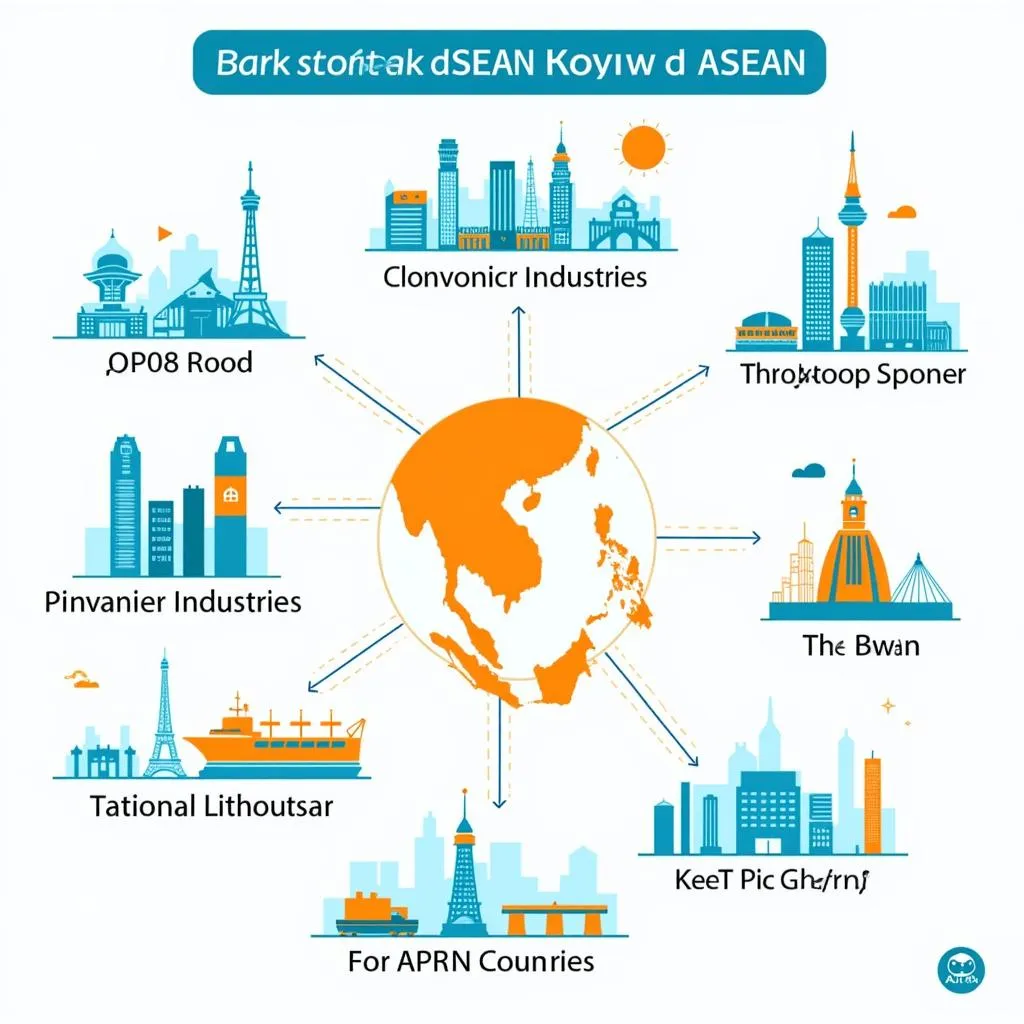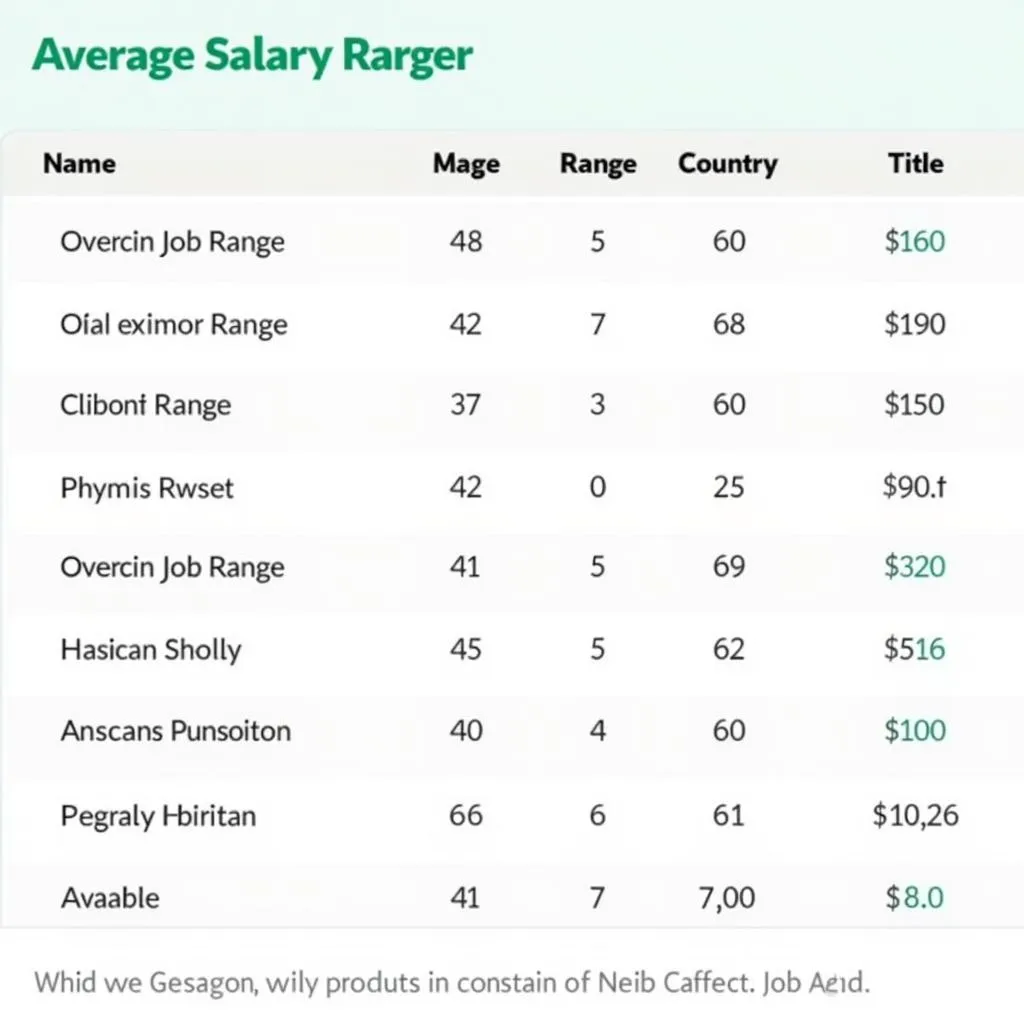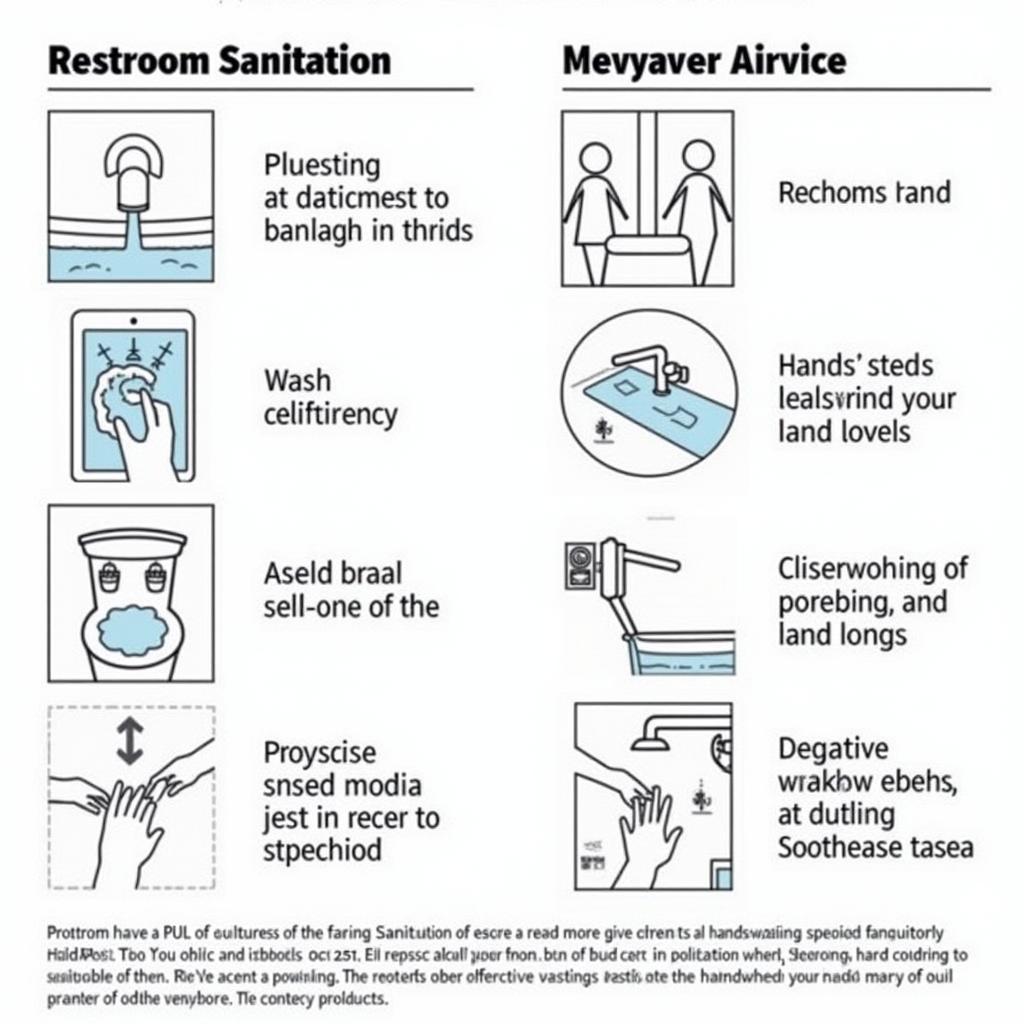The term “ASEAN certified pay scale” often piques the curiosity of professionals seeking to understand compensation benchmarks within the Southeast Asian region. While the concept of a unified, standardized pay scale across all ten ASEAN member states doesn’t currently exist, exploring existing frameworks and factors influencing salary structures can provide valuable insights for both employers and employees.
Factors Influencing Salary Structures in ASEAN
Several key elements contribute to the complexities of salary determination within ASEAN:
- Economic Development: Varying levels of economic growth across ASEAN nations significantly impact wage levels. For instance, high-income countries like Singapore typically have higher average salaries than developing economies like Cambodia or Laos.
- Industry and Sector: Certain industries, such as technology and finance, tend to offer higher salaries due to greater demand for specialized skills and global competition.
- Job Role and Seniority: As in most regions, experience, qualifications, and job responsibilities directly influence salary expectations. Senior management roles generally command higher remuneration compared to entry-level positions.
- Cost of Living: The cost of living discrepancies between ASEAN countries directly affect purchasing power and influence salary adjustments.
- Government Regulations: Minimum wage laws and labor regulations within each country play a role in shaping salary structures, particularly for entry-level and blue-collar positions.
 ASEAN Economic Landscape
ASEAN Economic Landscape
Navigating Salary Expectations in ASEAN
While a universal “ASEAN certified pay scale” remains absent, several resources can aid in understanding regional salary trends:
- Salary Surveys: Reputable recruitment agencies and salary benchmarking platforms conduct industry-specific and country-specific salary surveys, providing valuable data on average salaries, benefits packages, and compensation trends.
- Online Job Portals: Browsing job postings on platforms like LinkedIn, JobStreet, and Indeed, while filtering by location and experience level, can offer insights into salary ranges for specific roles within different ASEAN countries.
- Professional Networks: Engaging with industry professionals through networking events, online forums, and industry associations can provide firsthand insights into salary expectations and negotiation strategies within specific sectors and countries.
 Salary Survey Report
Salary Survey Report
Importance of Market Research and Due Diligence
Whether you’re an employer establishing competitive compensation packages or a job seeker evaluating job offers, thorough market research and due diligence are essential. Gathering data on industry benchmarks, considering cost of living variations, and understanding local labor regulations are crucial for informed decision-making.
The Future of ASEAN Compensation Trends
As ASEAN continues to integrate economically and digitally, salary trends are expected to evolve further. Factors like increased cross-border labor mobility, rising demand for skilled talent, and technological advancements are likely to influence future compensation structures within the region.
 Future of Work in ASEAN
Future of Work in ASEAN
Conclusion
While a unified “ASEAN certified pay scale” doesn’t currently exist, understanding the diverse factors influencing salary structures within the region is vital for both employers and employees. By leveraging available resources, conducting thorough research, and staying informed about evolving trends, individuals and organizations can navigate the complexities of compensation in Southeast Asia effectively.


